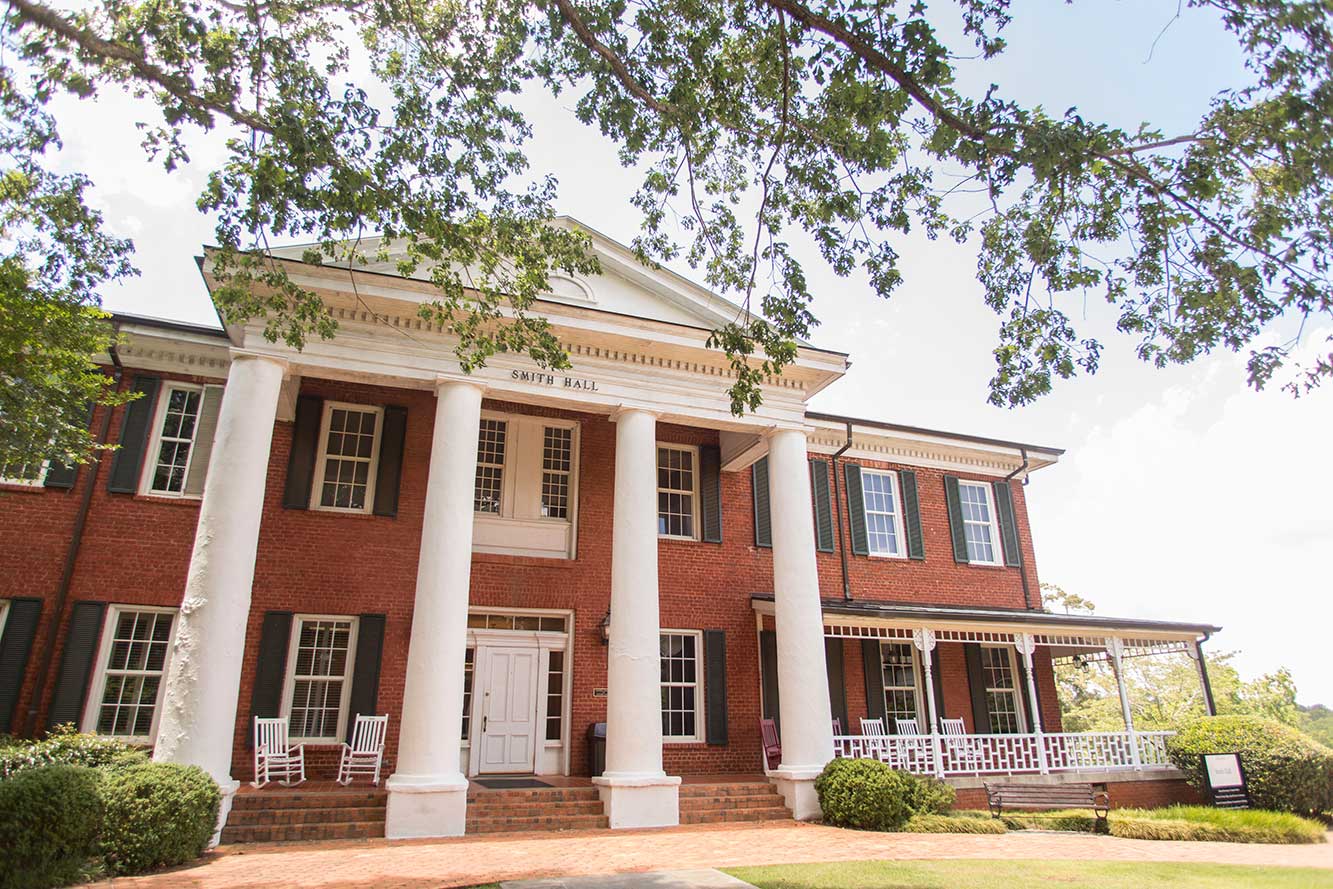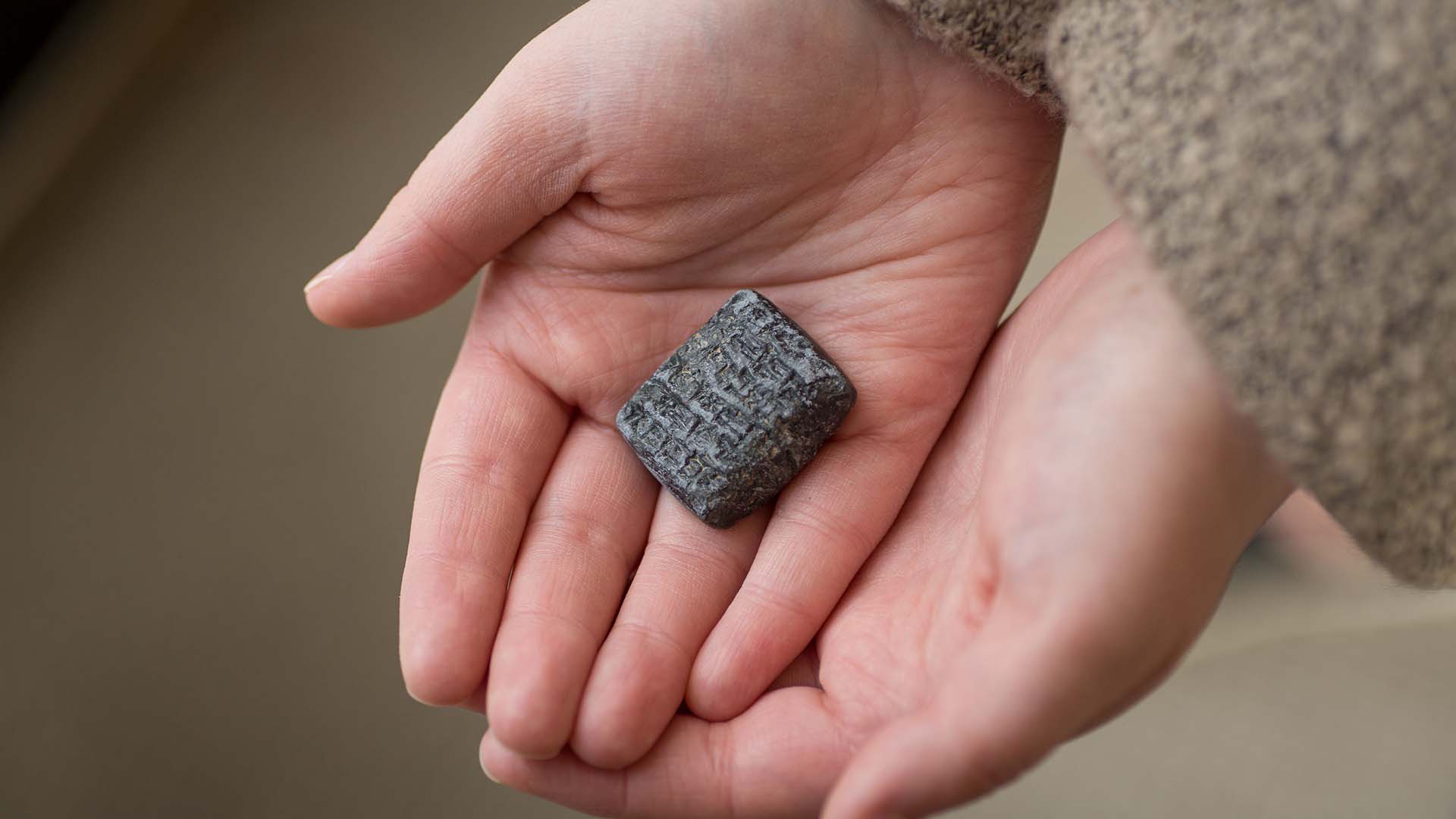The Ghost at Smith Hall
John J. Griffen, Jr. is LaGrange’s most famous ghost. Known to haunt the corridors of Smith Hall on the LaGrange College campus, John supposedly died in the building after being injured in the Civil War. LaGrange College was founded in 1831 as a private female academy and Smith hall was built in 1860.

As the legend goes, John was injured in battle near Newnan, Georgia. Believing the wound to be non-fatal, John decided to forgo the overcrowded Newnan hospital and seek assistance from his sister, Indiana Griffen, who was in school at LaGrange College. Despite the care of his sister and limited medical attention, John’s loss of blood proved fatal. He died in “the guest room”, which many people have since occupied.
The hauntings of John J. Griffen have been well-documented by former college President and Chancellor Waights Gibbs Henry, Jr., who wrote “when darkness descends upon the spot where the building stands, certain inexplicable happenings occur that have made the persons involved wary about entering again after sundown.” He documented instances where students were shoved to one side and others who suddenly found themselves standing in freezing cold temperatures on warm evenings. There have been reports of people being tripped while walking up the stairs.
Reports of unusual activity persist to this day, with the most frequent experience being the hearing of strange noises, especially a voice softly calling “Indiana, Indiana”.
The Nancy Harts
The Nancy Harts were a Civil War female militia in Troup County. During the long war, volunteer Troup County companies were involved in battles far from home, leaving their families unprotected. The Nancy Harts were formed by a group of brave women who drilled, marched, and learned marksmanship in an effort to defend the county from Union troops. They were named for a Georgia heroine of the American Revolution, Nancy Hart, who successfully defended her home against the British.

On April 17, 1865, the Nancy Harts assembled at the corner of Broad and Greenwood Streets in LaGrange and marched west to meet the enemy. As they prepared to stand their ground, some enemy soldiers swarmed the campus of LaGrange Female College while others advanced down Broad Street. As a condition of their surrender, the Nancy Harts successfully saved their homes from being burned. As legend has it, part of the surrender involved their agreement to cook dinner for union troops and the confederate prisoners traveling with them.
The historic home that served as a gathering place for the Nancy Harts is still standing on Broad Street in LaGrange!
The Hearn Tablet
The Hearn Tablet, currently on loan to the Legacy Museum, may be the oldest writing ever found in America! The lead tablet was discovered in 1967 by LaGrange resident Nina Hearn while she dug in her flower bed. It later found its way into the hands of archeological experts, who dated it back to 2050 B.C.!

The cuneiform writing on the tablet records the sale of animals by a Sumerian businessman who traveled the globe in ancient days. The tablet’s script describes it as the 37th or 38th year of the reign of King Shulgi of Ur. Cuneiform was one of the earliest forms of writing and was created by the Sumerians. It was usually written on clay tablets, making this lead tablet something of an anomaly.
The tablet’s authenticity is not unquestioned. Some archaeologists are skeptical that a Sumerian managed to find his way across the continent and up the Chattahoochee River. Ultimately, it remains a Troup County mystery!